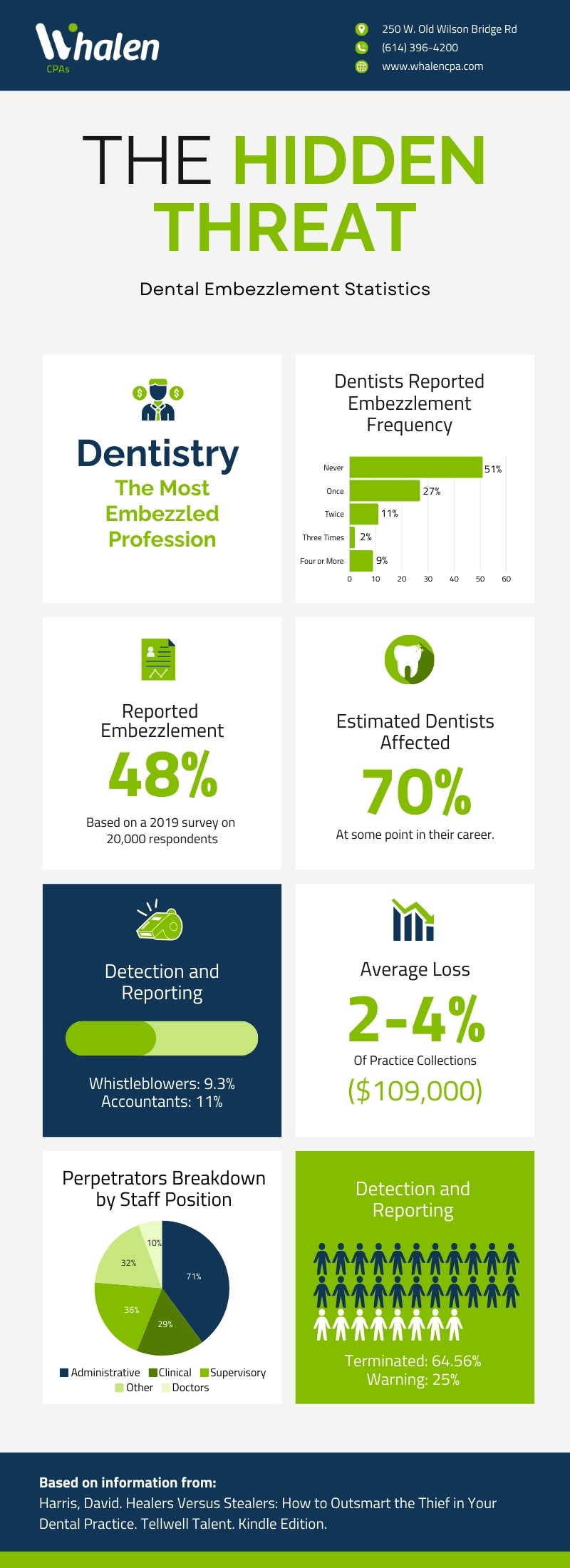4 bookkeeping pitfalls for small businesses to avoid
Accurate bookkeeping is essential to operating a successful small business. The problems created by inadequate bookkeeping practices can have significant, long-lasting consequences. Here are four common pitfalls — and how to avoid them with the right knowledge and tools.
-
Commingled bank accounts
It’s important to maintain a separate dedicated bank account for business transactions. Using the owner’s personal accounts for business purposes can have legal and tax implications. Separate accounts also make it easier to track business expenses and prepare tax returns.
With a separate bank account, you can set up payments for recurring business expenses. It’s also important to review and reconcile your business records to bank statements on a regular basis.
-
Overreliance on spreadsheets
Excel is a user-friendly, versatile tool for many business purposes. But without extensive programming, it lacks automation and the ability to provide real-time updates. And using spreadsheets for bookkeeping purposes can lead to inconsistent treatment of similar transactions and data entry errors.
Excel should never be a substitute for dedicated accounting software, such as QuickBooks®, NetSuite® or Xero™. These cost-effective solutions streamline a small business’s financial reporting processes. Most programs integrate with bank and credit card accounts — and cloud-based platforms provide access from anywhere with the owner’s (or manager’s) laptop, tablet and smartphone.
-
The use of personal credit for business expenses
Drawing from personal credit sources provides quick access to funds when you’re launching a new venture. However, they often come with high interest rates and fees. Using personal credit for business expenses also makes it harder to separate personal and business expenses for accounting and tax purposes.
To get a business credit line, you’ll need to contact your bank and complete an application. While the application process may take some time, it’s worth the effort. Credit lines help establish a credit history in the company’s name, which is essential as the business grows and needs additional capital to purchase major assets and pursue investment opportunities.
-
Lax recordkeeping practices
Accountants dread when a small business owner shows up to tax preparation meetings with a shoebox of receipts — or no documentation at all. Well-prepared owners have organized records, including paper filing systems, digital storage, and backup solutions, to substantiate expenses for tax and accounting purposes.
By retaining original source documents — such as receipts, invoices, bank statements and contracts — you can track the business’s financial performance and file state and federal tax forms with ease. And you’re prepared if the IRS challenges any deductions or credits you claim for business-related items. Without source documents, the IRS is more likely to disallow business tax breaks and assess penalties and fines.
In general, business records must be retained for a period ranging from three to seven years, depending on the nature of the record. Contact us for specific record retention guidelines.
We can help
Implementing sound bookkeeping practices can empower you to improve your business’s financial management and increase confidence in your financial reporting. It reduces the stress of running a business and provides essential information for your business to thrive in today’s competitive markets. Contact us for help building a solid bookkeeping foundation.





